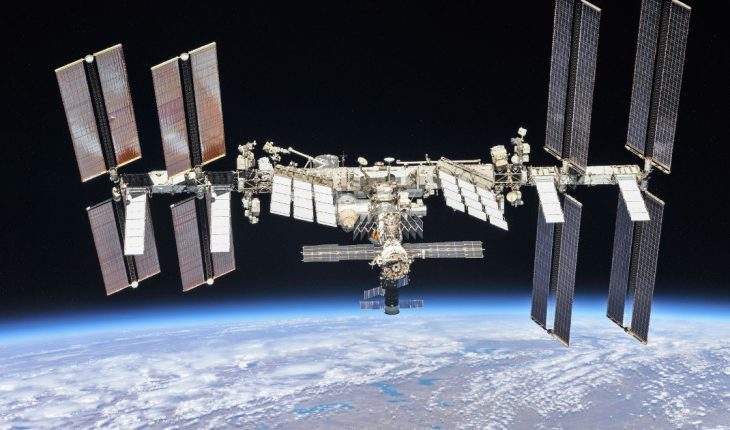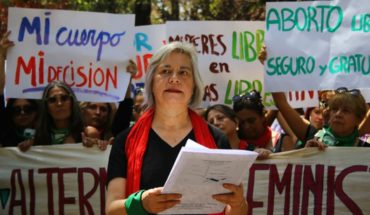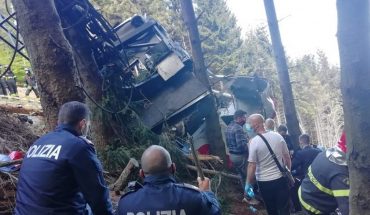U.S. and NASA Indian researchers recently found four strains of bacteria living in different locations on the International Space Station (IEE)—the microgravity research lab located in low-Earth orbit—from small amounts of food that astronauts had been growing for years. Three of them were, until now, completely unknown.
In the study, published in the journal Frontiers in Microbiology, scientists explain that the four strains belong to a family of bacteria known as Methylobacteriaceae found in soil and freshwater; specifically, they are involved in nitrogen fixation and plant growth and can help stop nitrogen pathogens. Basically, good bacteria to have if you’re growing things; although they emphasize that more experimental biology is still needed to demonstrate that, in fact, it is a potential change for space agriculture. On the other hand, while one strain was identified as Methylorubrum rhodesianum, the other 3 had not previously been discovered and belong to a new species that the team named Methylobacterium ajmalii after India’s renowned biodiversity scientist, Dr. Ajmal Khan.Now, explain Kasthuri Venkateswaran and Nitin Kumar Singh of NASA’s Propulsion Laboratory , with the space agency one day looking to bring humans to the surface of Mars—and potentially beyond—the idea is to use IEE as a testing place to study microorganisms.” To grow plants in extreme places where resources are minimal, isolating new microbes that help promote plant growth under stressful conditions is essential,” both team members said they subjected strains to genetic testing to look for characteristics that can “contribute to the development of self-sustaining plant crops for long-term space missions in the future.”





